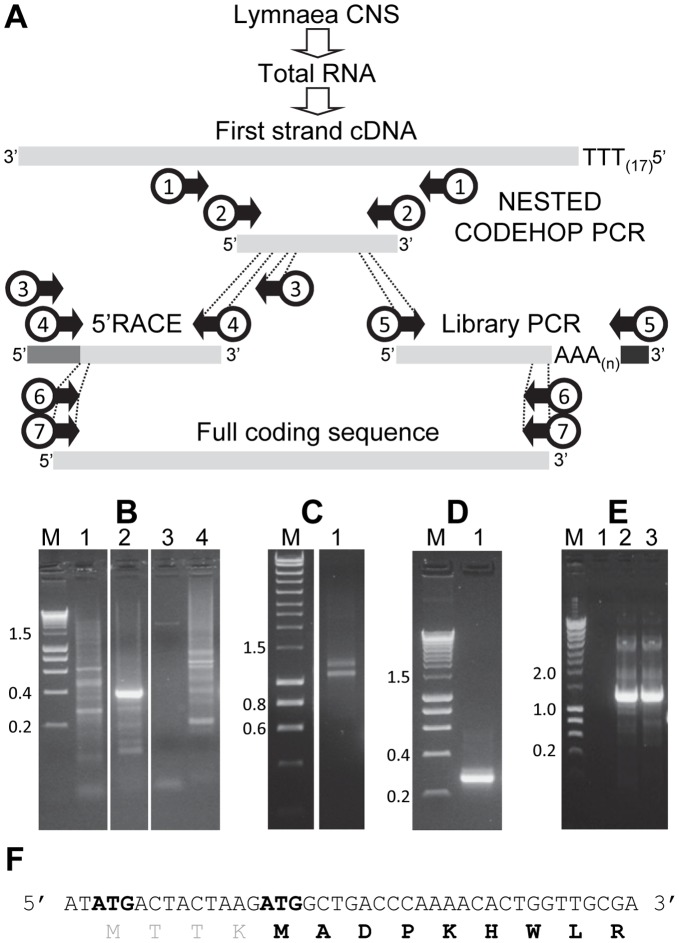Figure 1. Overview of LymP2X cloning strategy.
(A) Nested CODEHOP PCR was performed on cDNA prepared from Lymnaea CNS to generate a LymP2X gene amplification product. The sequence of this internal product could then be utilised to design gene specific primers to facilitate amplification of the 5′ end of the gene by 5′RACE and the 3′ end of the gene by PCR on a Lymnaea cDNA library. Once the 5′ and 3′ sequence of the gene had been determined, further gene specific primers could then be designed to amplify the full length LymP2X coding sequence from Lymnaea cDNA. Numbered arrows indicate primer pairs listed in Table 1. (B) Agarose gel showing separation of CODEHOP PCR products using primer pair 1 with cDNA as template (lane 1), primer pair 2 with PCR reaction 1 as template (lane 2) and control reactions using PCR reaction 1 as template with only the forward primer of primer pair 2 (lane 3) or only the reverse primer of primer pair 2 (lane 4). (C) Amplification of the 3′ end of LymP2X by PCR on a Lymnaea cDNA library using primer pair 5 (lane 1). (D) 5′RACE PCR using primer pair 4. (E) Amplification of the full length LymP2X coding sequence using primer pairs 6 (lane 2) or 7 (lane 3). Lane 1 shows no template negative control. M indicates molecular mass ladder (size in kb). (F) Nucleotide and predicted amino acid sequence of the 5′ end of the LymP2X transcript. The two potential start methionines are indicated in bold.

